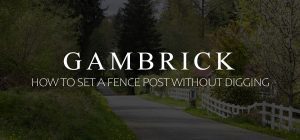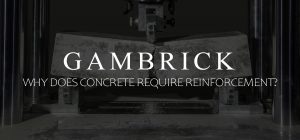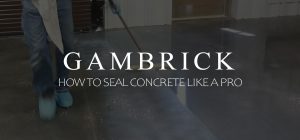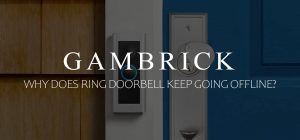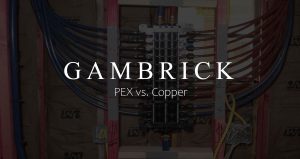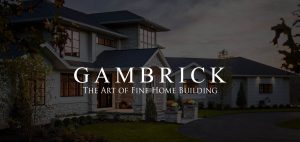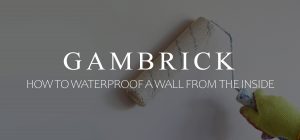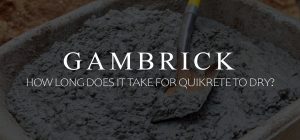
Is A Sunroom A Good Investment?

By John Mazzuca | About | More Posts |
John Mazzuca is a custom home builder with over 25 years experience in the construction industry. John has designed, managed, and built hundreds of homes & construction projects.
A sunroom is a great investment with an ROI of 90% to over 100% in some cases. If it’s a four-season room that’s integrated into the floor plan of the home you can actually make money by building one. Integrated sunrooms count towards square footage, so for some homes, the value of the sunroom can far exceed its build costs. If the home is valued at say, $350 per square foot, but the sunroom only costs $300 p.s.f. to build, you profit $50 p.s.f. by building it. This is a very common return here in New Jersey, but the ROI decreases when it’s a three-season room or prefab kit.
The ROI for our three-season sunroom additions are usually around 75% to 90%. They don’t return the same as a four-season room because they don’t count as square footage. Three-season rooms aren’t as well insulated and don’t have heat and A.C., so they can’t be integrated and don’t count as living space.
Prefabricated sunroom addition kits have the worst ROI, usually around 30% to 50%. They’re valued similarly to a deck or patio and not as a part of the home itself. They deteriorate quickly and are hard to upkeep, so I don’t recommend buying them if you want a return on your investment.
I’ve been a NJ sunroom contractor for over 25 years and can tell you firsthand what a great investment sunrooms can be. Because a four-season room counts as square footage, it appreciates at the same rate as the home. This means if your home appreciates at 5% per year, the sunroom will increase in value at the same rate.
To get the most out of your sunroom investment, build it properly, ensure it faces in the optimal direction, and use high-quality materials.
Do Sunrooms Add Value To A House?
A sunroom adds value to a home if its considered living space and adds to the home’s square footage. These types of sunrooms are called four-seasons rooms. They’re fully sealed, insulated, climate controlled, and can be integrated into the floor plan of the home. Basically, a four-season room is a full addition to the home, so it adds value based on the square footage price of the home.
For example, if a home is valued at $250 per square foot, a 200 square foot four-season sunroom adds approximately $50,000 to the value of the home. It then appreciates at the same rate as the home. For example, if the house appreciates at 4% per year, the sunroom will also increase in value at the same 4% per year because it’s considered square footage.
This can either be considered a good ROI or a bad one based on the cost of building the sunroom.
Three-season and prefab sunroom kits don’t follow these rules because they’re not counted as living space.
A three-season sunroom adds value to a home because it’s an addition, is enclosed, and can have insulation, electricity, A.C., etc. But because it doesn’t have heat and isn’t integrated, it’s not square footage, so it’s valued less and appreciates at a lower rate than a four-season sunroom.
A prefab sunroom kits adds some value to a home, especially in areas like Florida, but the ROI is much lower when compared to four-season and three-season sunrooms. However, they’re much cheaper and can be built in a matter of days.
If you want the best value for your home, build a four-season sunroom and integrate it into your square footage. But be prepared for a long build time and a much higher upfront cost.
Does Adding A Sunroom Increase Taxes
A sunroom will increase your property taxes if it’s a four-season room that’s integrated into the home’s floor plan because it counts as square footage. In this case, your property taxes will go up based on the value add of the addition. Your property taxes will also go up for a three-season and prefab sunroom because they’re considered a home improvement that can raise the overall value of your property. However, the tax increase is usually lower because it’s not square footage and doesn’t raise the value of the home as much.
Property taxes are based on the assessed value of your home, which is determined by the local tax assessor’s office. When you add a sunroom, the assessed value of your home will likely increase because you’ve enhanced the home’s appeal.
The exact amount of the increase in property taxes will depend on the additional value the sunroom adds and the specific tax rates in your area.
After the construction of a sunroom, a home may be reassessed to reflect the new value of the property. The process for this reassessment can vary by location; some areas may require immediate reassessment, while others may reassess property values on a regular schedule, such as annually or every few years.
The increase in assessed value will reflect the new market value of the home caused by the sunroom.
To understand the specific implications for your property taxes, consult with a local tax assessor or a real estate professional before construction. They can provide information on how much a sunroom might increase your property’s assessed value and the resulting tax implications.
If you have any questions or comments email or leave a comment down below.

John Mazzuca | About | More Posts |
Custom Home Builder
John Mazzuca is a custom home designer and builder at Gambrick with over 25 years experience in the construction industry. John has designed, built and/or remodeled hundreds of homes, small buildings, and commercial projects. He writes about business, real estate, home building, and household electronics. His work has been featured in Fox Business, Better Homes & Garden, House Beautiful, and more.
